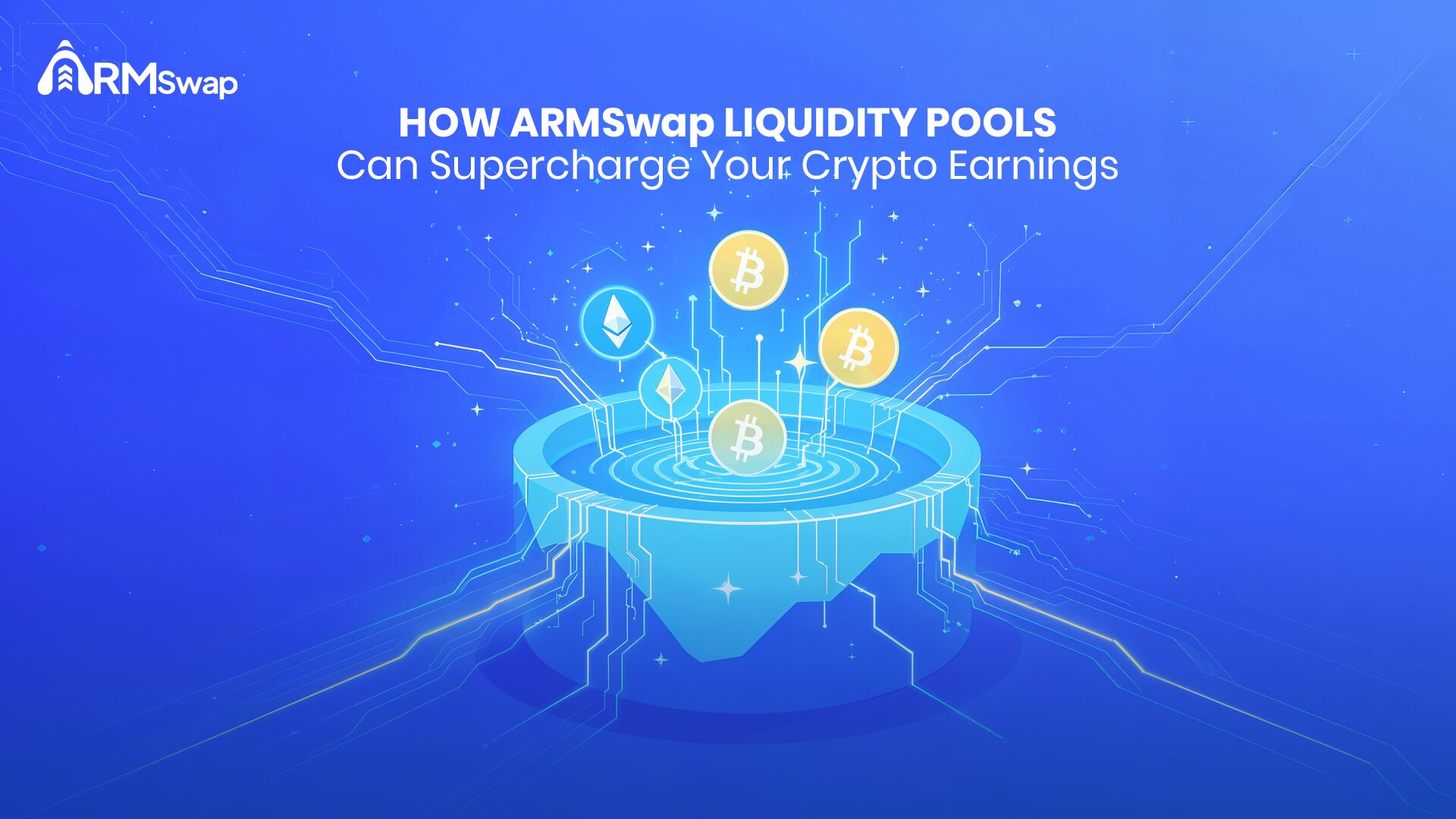When most people think of crypto, the first names that come to mind are Bitcoin or Ethereum. Yet trading today is no longer just about buying and holding. Real innovation happens on swapping platforms, and that is why they are center of attention.
Swapping platforms allow users to exchange tokens directly. Since no middlemen are involved, the process is managed entirely by smart contracts. This keeps control in the hands of users and ensures that trades are both transparent and secure.
Why is this shift important?
Centralized exchanges still handle a large share of global trading. However, they require people to hand over custody of their funds and, moreover, they impose rules that often favor the platform rather than the trader. Swapping platforms provide an alternative where transactions are automated and funds stay in user wallets. Consequently, they have become a trusted choice for those who value independence in trading.
The data makes this very clear. In 2025, the total value locked (TVL) in liquidity pools DeFi has crossed over $150 billion. A significant share of this is found in decentralized exchanges. Uniswap alone has crossed $3 trillion in cumulative trading volume. Platforms like PancakeSwap and Curve also process billions every month. Therefore, it is no exaggeration to say that swapping platforms now form the backbone of decentralized finance.
Importance of Swapping Platforms
But what makes these platforms so appealing? One reason is the variety of tokens available. Traders can access pairs that are often not listed on centralized exchanges. Furthermore, since liquidity comes from decentralized liquidity pools funded by users themselves, the market is always moving.
Interestingly, another reason is the cost. Swaps are generally faster and cheaper, mainly when compared with traditional trading routes. Additionally, users are not limited by account restrictions or withdrawal delays. Now this freedom adds to the growing appeal of dex liquidity pools.
Yet despite all these benefits, most platforms still face challenges. For example; Liquidity depth, flexibility, and user experience remain common issues. This is exactly where new solutions like ARMswap step in.
Introducing ARMswap
ARMswap is designed as a next generation cross chain swapping and bridging platform that goes beyond the basics. Its mission is simple: to give traders and crypto liquidity providers more control, more opportunities, and more ways to engage with DeFi.
To start with, ARMswap is not just a token-swapping tool. Rather, it is built as a complete ecosystem where trading, earning, and community involvement come together. Hence, users are not only participants but also contributors to the platform’s growth.
Some of the key features include:
- Easy Swaps: Users can swap tokens quickly through smart contracts with minimal steps.
- Low Fees: Transactions are optimized to reduce costs for both traders and liquidity providers.
- Security: Since all operations are decentralized and transparent, users remain in control of their assets.
- Rewards for Contributors: Anyone can add tokens to crypto liquidity pools and earn fees from trades.
But what really sets ARMswap apart is its focus on custom liquidity pools.
Custom Liquidity Pools on ARMswap
In most platforms, liquidity pools are pre-set. However, ARMswap takes a different approach. Apart from offering a huge range of existing best liquidity pools, it allows users to create their own pools, choose the tokens they want to pair, and set the ratios themselves. Consequently, this brings flexibility which is rarely seen in DeFi.
So, how do liquidity pools work in practice? The process is simple and user-friendly:
- Connect Wallet: A user links their crypto wallet to ARMswap.
- Select Tokens: They choose which tokens they want to include in the pool.
- Set Ratios: The system allows them to decide how much of each token will be provided.
- Confirm and Deploy: With one confirmation, the pool goes live, ready for others to trade against.
- Earn Rewards: As trades happen, the liquidity providers earn fees directly from activity in the pool.
This step-by-step model not only empowers individual users but also strengthens the overall liquidity on the platform. Moreover, it allows niche projects and emerging tokens to gain visibility by pairing them in pools designed by the community.
ARMswap integrates features like cross chain bridges and token bridging. These allow users to perform cross chain bridging and access assets through a chain bridge. With ARMswap, users can leverage cross chain token bridge technology, making bridges connected by chains a reality for everyday DeFi participants. This ensures that trading across multiple networks remains seamless.
Why ARMswap Matters
It is very simple; the impact of such flexibility is clear. Traders get access to a huge range of tokens. Also, liquidity providers earn more because they can design pools according to their style. And since everything is decentralized, there is no compromise on transparency or security.
Furthermore, ARMswap encourages a more active role for the community. Instead of passively providing liquidity, users become architects of the ecosystem. With features like crypto bridges and cross chain bridge crypto, ARMswap is not just another platform but a step forward in making DeFi more open and adaptive.
To Summarize
DeFi is changing fast. Each new platform tries to make trading easier. However, ARMswap takes this further. It keeps swapping simple and flexible. At the same time, it gives users real control through liquidity pools.
This makes ARMswap more than just another swapping platform. It is a place to trade, to build, and to take part in the wider DeFi space. Everything connects smoothly. Users can swap tokens, create pools, and grow with the community. They can explore how do crypto liquidity pools work, follow a liquidity pools guide, and even learn how to invest in liquidity pools.
If you are ready to try a smarter way to swap and earn, ARMswap is the platform to explore.



































